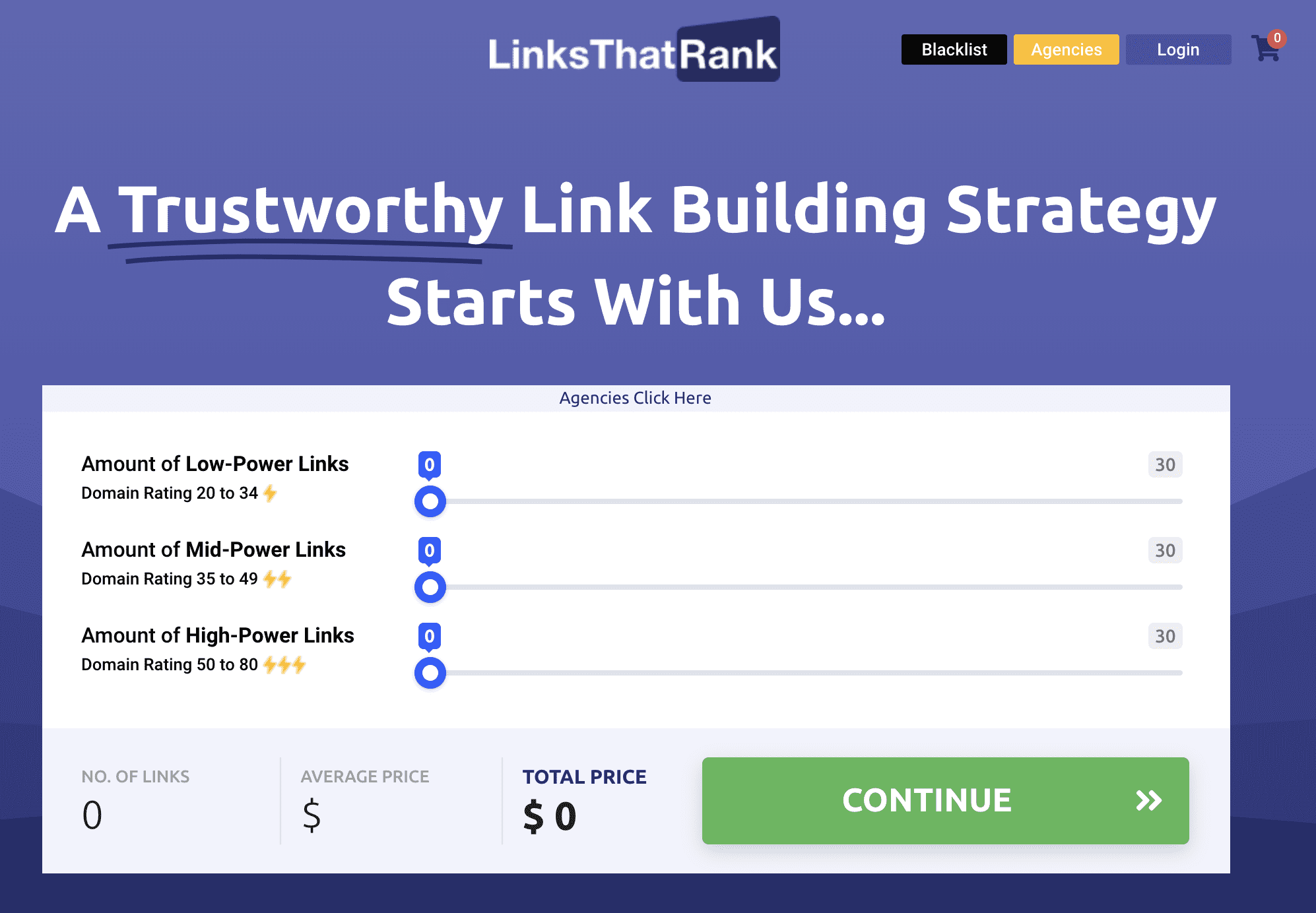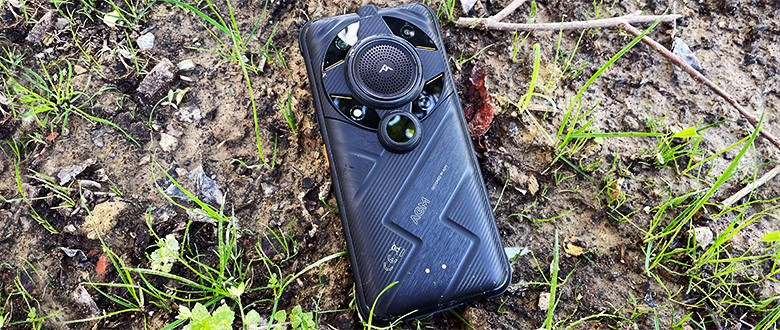Table of Contents
If you are starting a new project…
Consider using an aged domain.
Why?
Because aged domains provide a ton of benefits and can be used for lots of different things:
- Build new authority sites quickly
- Create your own powerful private blog network
- Resell them for profits
Getting an aged domain is like starting a race a few meters out in front. The domain is already established which gives you a huge advantage.
Whatever you are doing with your next project, you can’t ignore the power that aged domains offer.
In this blog, I will tell you everything you need to know about aged domains – including how to accurately determine their value.
What Are Aged Domains?
Aged domains are domain names previously used by another website but are now available.
The website owner has decided to sell the domain or just didn’t bother to renew it. That now allows you to take advantage and purchase the aged domain for your own use.
Typically aged domains are purchased at an auction and have already been indexed by Google. That’s why they’re called “aged” domains.
The value of aged domains is determined by a number of factors:
- The number of backlinks
- How long has it been indexed for
- Brandability of the domain name
- What it was previously used for
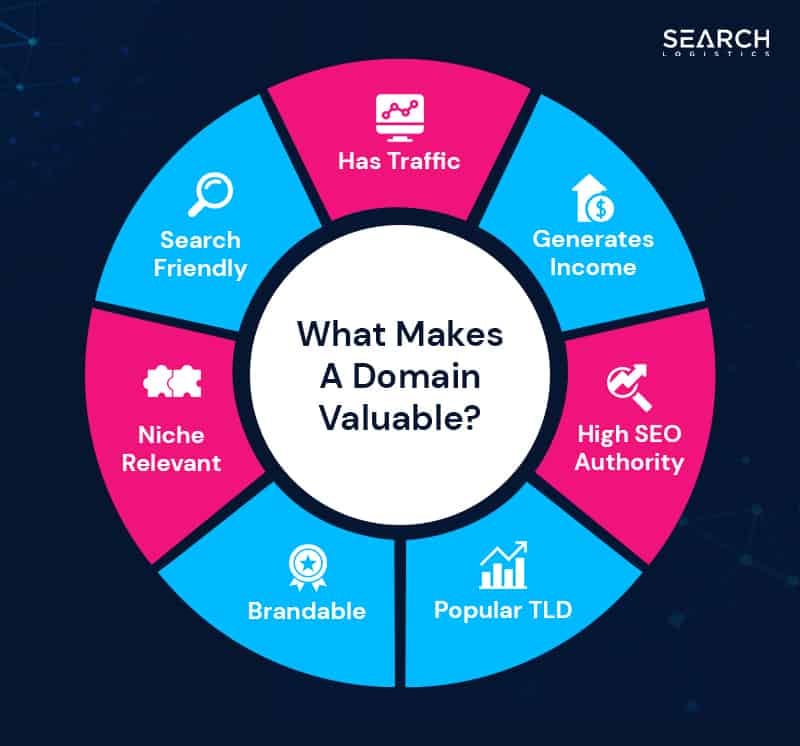
Aged domains are in demand because they offer many benefits over new domains.
What Are The Benefits Of Using Aged Domain?
The primary benefit of using an aged domain is SEO.
Why?
Every new domain enters the Google sandbox.
Think of the Google sandbox as a “probationary period“.
Google won’t rank new websites for a specific time until it can:
- Confidently trust the site
- Understand the site
Aged domains don’t have the “sandbox” problem because they are already indexed. This allows the new owner to start creating content and potentially rank immediately.
The truth is that the Google sandbox has never actually been confirmed by Google.
But most SEOs believe that it does exist because after tons of individual tests, there is a consistent effect that stops new sites from ranking.
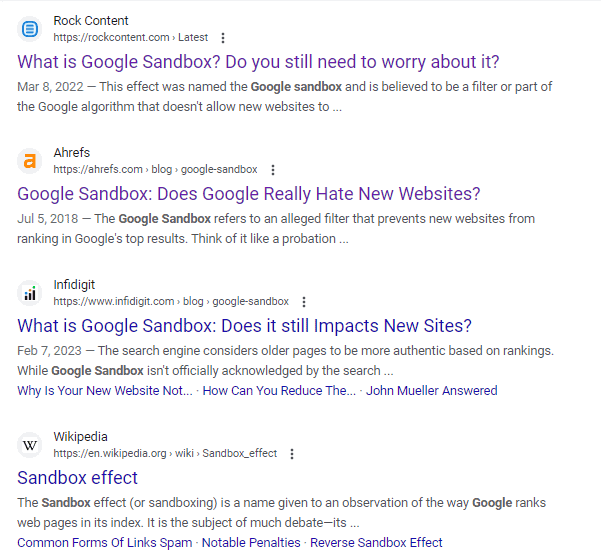
Getting past the sandbox period quickly is a massive benefit and it is why aged domains are worth much more.
But there is also one other BIG benefit to aged domains…
BACKLINKS.
Quality-aged domains already have a backlink profile. You already know that backlinks will increase domain authority.
More authority = Higher rankings.
Buying an aged domain with a high-authority backlink profile is the best way to fast-track your SEO results. It’s like buying a successful business vs starting a new one from scratch.
The only difference is that aged domains don’t have to be expensive!
Where To Buy Aged Domains?
It’s true that aged domains are typically worth more than new domains.
But that doesn’t mean you have to pay a lot for them.
You can pick up quality aged domains for extremely low prices if you know where to look and what to look for. Below are the top two places I go to get aged domains for my new sites.
You can even use these places to find valuable expired domains for domain flipping if you are willing to put in a bit of effort.
Spamzilla
SpamZilla is one of my favourite tools to find aged domains with great backlink profiles.
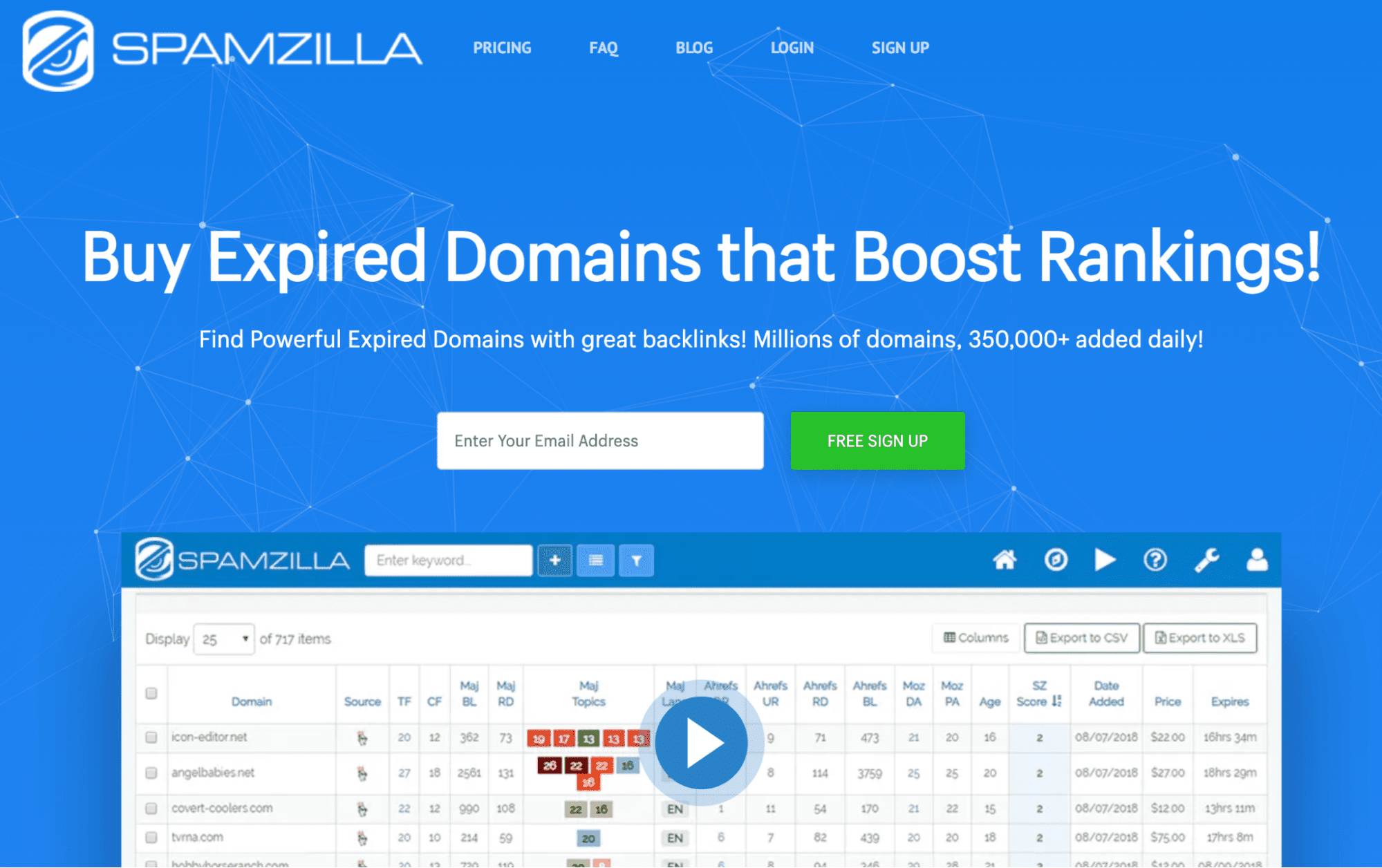
It’s a powerful software that pulls in thousands of domains daily and provides you with all the metrics you need from other tools like Majestic and Ahrefs.
You can find unbelievable deals with minimal effort.
Here’s what you get with SpamZilla:
When you first signup for SpamZilla, you are greeted by a primary dashboard.

Don’t be overwhelmed. While it looks overbearing, you quickly see how SpamZilla provides all the data you need to find great aged domains.
At the top, enter a target keyword relevant to your niche.

This will filter all of the domains SpamZilla has found, so it shows only the ones relevant to your keyword. You’ll then have access to 70+ metrics to filter the list even further.
In the end, you’ll have a highly curated list of potential aged domains for your next project. It really is that easy!
SpamZilla has a free plan and a paid plan.
The free option allows you to look at 25 domains and get an idea of what the software is like. The paid plan gives you full access to all the powerful features you need.
Don’t forget to check out my complete SpamZilla review to see everything you can do with it.
Domain Hunter Gatherer
Domain Hunter Gatherer is similar to SpamZilla but is a desktop-based software with some unique features.

It takes a moment to get used to the user interface, but many people prefer it as their primary aged domain tool.
You also get access to a huge amount of features that help you quickly find and evaluate aged domains.
Here’s how Domain Hunter Gatherer works:
Domain Hunter Gatherer has a number of ways to “hunt” for aged domains:
- Keyword search
- Domain auctions
- Web 2.0
- Expired domains
- Reverse domain searches
And more. This allows you to apply your favourite domain search method and find great deals on aged domains others have missed.
For me, I prefer keyword searches combined with expired domains.

Once the search is complete, you’ll see a list of potential domains.
Domain Hunter Gatherer gives you a good amount of data to help you analyse each domain.

I’ve been using Domain Hunter Gatherer since 2016, and it’s a great tool! The user interface just isn’t as polished as some of the other tools around.
Domain Hunter Gatherer offers a totally free plan, so you can download the software and test it for yourself.
Read through my full Domain Hunter Gatherer review to learn how I use it to find incredible aged domain deals.
How To Accurately Determine The Value Of An Aged Domain?
Valuing an aged domain isn’t always easy.
But if you know what to look for, there are a few ways to value them accurately.
Important: Always value aged domains BEFORE buying them.
You’d be surprised how many people buy a domain on a gut feeling only to find out later the deal wasn’t what they thought. This will save you from any bad decisions in the future.
Here’s exactly how to accurately determine the value of any aged domain:
1. Look At The Backlink Profile
Most of the value of any aged domain is in the backlink profile.
After all…
Backlinks aren’t easy to build, and they are one of the most important ranking factors for SEO. Evaluating the value of any aged domain comes down to three steps:
- Step #1 – Find out how many quality dofollow backlinks the domain has
- Step #2 – See the domain rank of each backlink
- Step #3 – Calculate how much it would cost to replicate the backlink profile
Simple, right?
Finding out how many dofollow links a domain has had is easy. SpamZilla and Domain Hunter Gatherer will give you that information.
But if you are evaluating a domain not listed on those sites, use a tool like Semrush or Ahrefs to accurately see all the backlinks pointing at the domain.

Found the links?
Next, you need to evaluate each link and then apply a value to them.
The value of each link is simply how much link-building services charge to build links with the same power.
For example:
Imagine an aged domain you’re interested in has 6 quality backlinks, and it costs an average of $250 for a link-building service to build just 1 of those links.
The formula would be 6 x $250 = $1,500.
Therefore the value of the backlink profile for this aged domain is $1,500.
If you are picking up the domain for any less than that – you are already ahead!
2. Check If The Aged Domain Is Indexed In Search Engines
Now it’s time to ensure that Google is already indexing the domain.
Generally, if any aged domain has backlinks, it is likely already indexed. But you should always double-check to avoid potential problems.
Thankfully there is a straightforward way to see if a domain is indexed.
Head over to Google and search the following – site:ageddomainexample.com

If the domain is indexed by Google, you will see it appear in the Google search results. It’s as easy as that.
What if it’s not indexed?
The search results will look something like this:

Old-aged domains may have been deindexed by Google.
That’s not necessarily a deal breaker, but it means you’ll have to do some extra work to get back on Google’s radar.
Indexed aged domains simply mean you can start using them immediately without having to do anything else!
3. Check The Domain Name’s History
Domain name history matters.
Why?
Because you need to know if any past issues could affect you in the future. How a domain was used in the past affects the domain’s value.
There are three ways to check any domain’s history:
- Wayback Machine
- WHO.IS
- Domain Tools
I recommend using all three if you are really serious about buying a domain.
Wayback Machine
Wayback Machine allows users to search the history of over 607 billion web pages.
Simply type in the domain, and you can see exactly what a website used to look like in the past.
You can even select specific years, months, and days to see if the domain was used over time. This means that if a domain was used and sold multiple times, you’ll be able to see the kinds of sites built on it.
Wayback Machine is a very powerful tool that you need to take advantage of.
WHO.IS
WHO.IS makes domain history checks simple.
Head over to WHO.IS and type in your domain:

You will see a bunch of information, including:
- WHOIS record
- DNS records
- Domain diagnostics
You’ll also be able to see when the domain was first registered and when it is set to expire. This helps get some of the important details about your aged domain name.
The only limitation of WHOIS is that it’s a public record database.
If the previous domain owner protected the domain, WHOIS can only provide limited information.
Domain Tools
Domain Tools provides detailed reports on any domain’s history.
It’s a paid service where you can sign up for the membership or purchase domain reports individually.
On the Domain Tools lookup History Page, type in the domain and click lookup.
Domain Tools will provide you with some basic historical information about the domain.
The complete reports can be huge – sometimes over 2000 pages long. So, there is a lot of detailed information in there.
The reports can include:
- Previous sales information
- Screenshots of what used to be on the domain
Domain history is important and significantly affects the value of a domain.
Check out my complete domain ownership history tutorial if you need to dive deeper into a domain’s previous usage.
4. Check Similar Domain Sales Prices
The last step for valuing a domain is to see what similar domain names are selling for.
GoDaddy has a free domain name appraisal tool to take advantage of.
While the appraisal value itself is not necessarily accurate, it gives you an idea of what the domain could be worth.
But the real gold here is the comparable domains sold.

This tells you what similar domain names were sold for. You can see real sales prices for real domains and get a great idea of what others are willing to pay.
Combine this information with the other steps and you should be able to determine an accurate value of any aged domain!
Wrapping It Up
Aged domains are far superior to new domains.
Take advantage of SpamZilla and Domain Hunter Gatherer to find powerful aged domains that will take your website up a level from the very beginning.
And make sure you don’t settle for any domain.
Spend time searching for the aged domain that suits your project. There are always new aged domains becoming available.
You just need to have the patience to find the right one.

